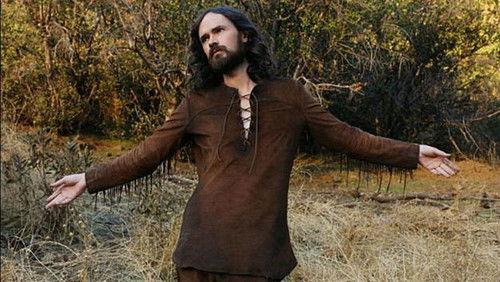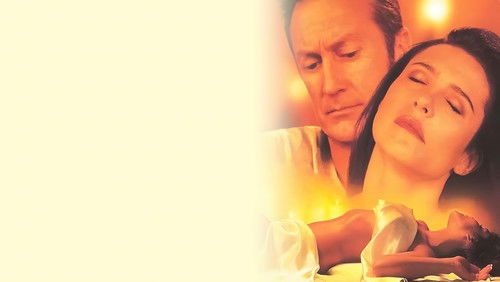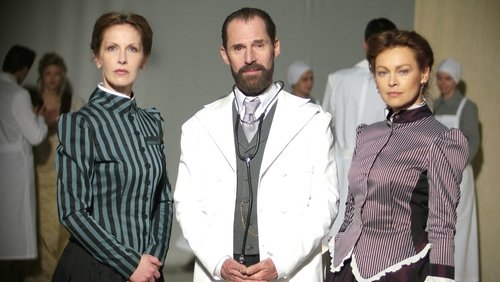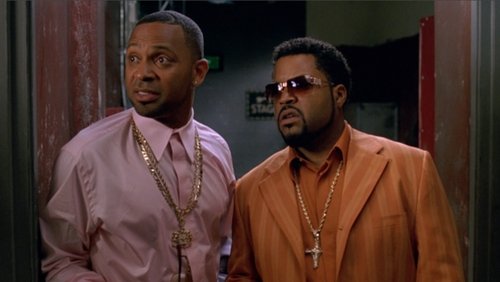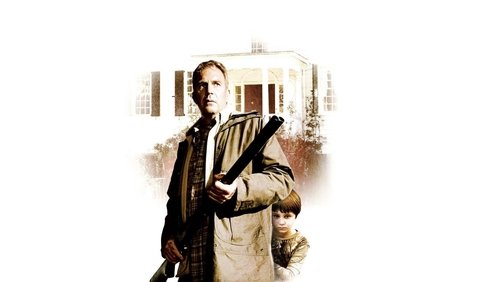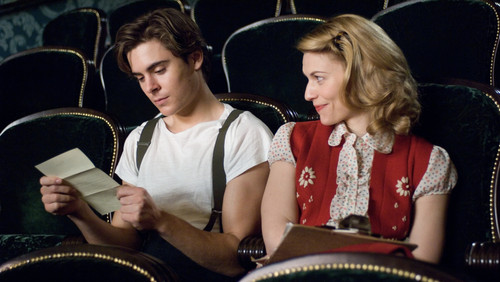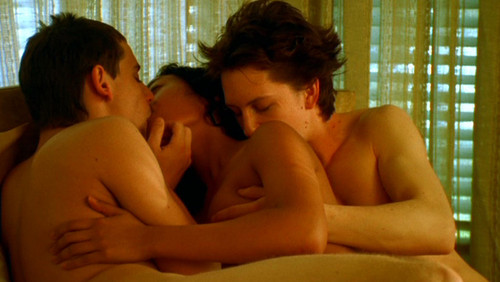Im Netz der Leidenschaften (1946)
43KIm Netz der Leidenschaften: Directed by Tay Garnett. With Lana Turner, John Garfield, Cecil Kellaway, Hume Cronyn. A married woman and a drifter fall in love, then plot to murder her husband.
“The original book published in 1934 by James M. Cain (author of u0026quot;Double Indemnityu0026quot;) was a gritty unsentimental story of a low-class drifter and bum, Frank, who is taken in by a German immigrant, Nick, who owns a roadside café and his beautiful wife, Cora, who turns out to be much darker on the inside than the facade of her pure white skin. Cora, we learn, is dissatisfied with her life married to this older immigrant and the drifter becomes her catalyst to change her situation. The movie adaption of twelve years later is a slightly sentimentalized version of Cainu0026#39;s noir classic. That said, the movie still holds its own as a noir tale of betrayal and murder, but doesnu0026#39;t quite have the edge of Billy Wilderu0026#39;s adaption of u0026quot;Double Indemnityu0026quot;.u003cbr/u003eu003cbr/u003eStill, the movie works very well under its own terms, particularly because of the outstanding chemistry between the leads John Garfield and Lana Turner. In fact, the star of the show is really Turner who turns in a tour-de-force performance. Turner continually shows us the many faces of her character Cora Smith who is sometimes weak and vulnerable and other times resolute and stubborn, even unsympathetic, and yet oozing with unrealized sexuality. We gather that Cora is no ordinary woman, or at least not the soft sentimental Doris Day type. More like a cross between Eva Peron and Madonna. Sometimes hard and mean and other times sweet and feminine, she is the complex epitome of the Cain femme fatale of this era. She remains enigmatic from beginning to end which is I think what Cain would have wanted. Garfield, in probably the role of his career, is equally superb, at first rejecting the murder scheme and then later embracing it. Although lacking the enigmatic complexity of Cora, Frank is equally ambiguous and ambivalent to his life choices, and Garfield well conveys the multi-sidedness of Frank.u003cbr/u003eu003cbr/u003eThe story concerns a young man looking for work, finds a roadside café up a few hours north of Los Angeles, probably up the 101 freeway, and becomes the hired help. He is employed by Nick, a simple German-stock older-than-middle-age man, who simply wants to make enough money to be comfortable and occasionally play his little guitar. His wife, Cora, is about 40 years younger and wants to make something of their café instead of just eking out a meager living. But fleeing with Nick and beginning from ground zero is not what she wants. She would like to have the café and make something of it. And when the hired help Frank falls for her, she realizes he is the perfect means to get both of them out of their hellish existence.u003cbr/u003eu003cbr/u003eA fine example of 1940u0026#39;s film noir with many of the stylistic considerations, such as the camera panning from feet-to-face when we first meet the woman Cora, the many unexpected twists and turns, and of course the dark desires of the leads. Every series of scenes leaves you guessing as to what will happen next. A couple of scenes were contrived that were superfluous to the book. Unfortunately, the film suffers slightly because of the stringent ethics codes that started to be imposed on films of that time. Probably film noir offerings suffered more than most because of their probing the darker sides of human nature. However, Postman still ranks as classic film noir.”
